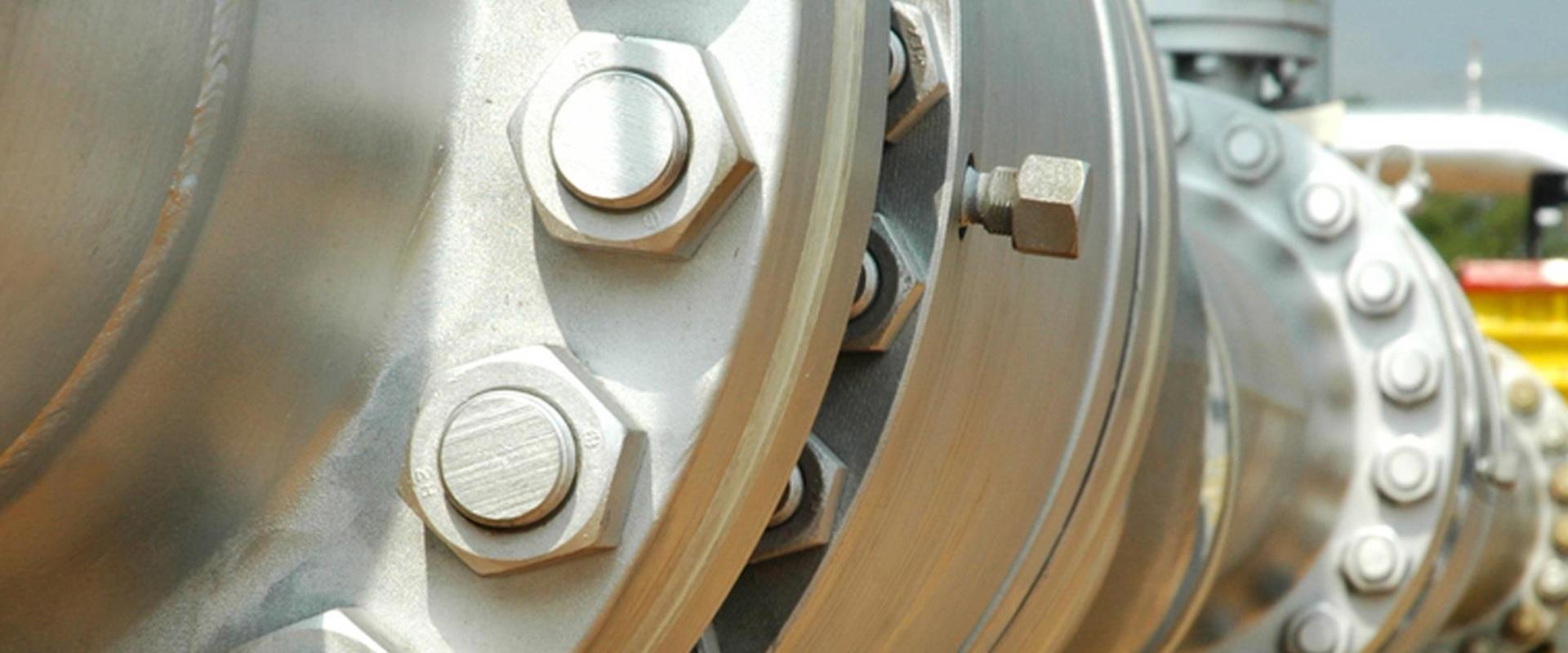The site was positioned adjacent to a large reservoir in Singapore and any uncontrolled release from the pipeline network into this surface water receptor, would have represented a ‘national incident’.
The study was completed using a logical, staged approach which included the following activities:
Stage 1 – Initial site visit, meetings and collection of data.
Stage 2 – Construction of a Site Conceptual Model (CSM) to identify potential release points (sources), ways in which contamination could migrate away from such areas (pathways) and the exact position of the reservoir (receptors).
Stage 3 – Design of a site investigation to determine the type of lithology and permeability within strata below ground, so that the rate of contaminant transport could be determined.
Stage 4 – Quantitative Risk Assessment for (1) Groundwater migration along local hydrogeologic gradients; and (2) Drainage Risk Assessment associated with rapid transport through the surface drainage network which discharges rainwater into the reservoir.
Stage 5 – Report writing and in-country presentation.
During the study, the Emergency Response Plan (ERP) for fuel releases was reviewed along with the position and operation of surface water drainage emergency shut-off valves.
Following communication with the customer, environmental issues associated with the temporary storage of fire water following an emergency incident, were incorporated into the wider study.




